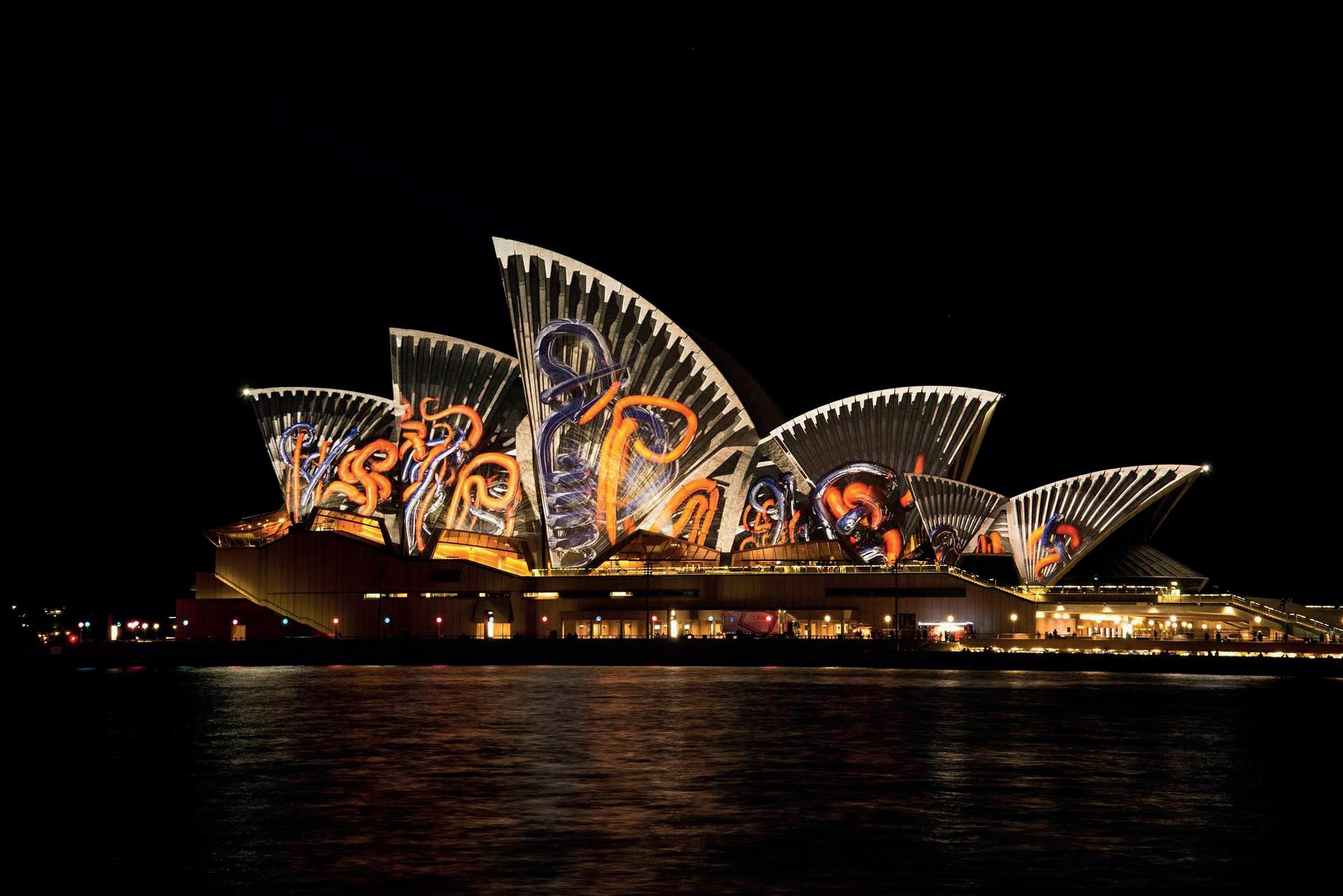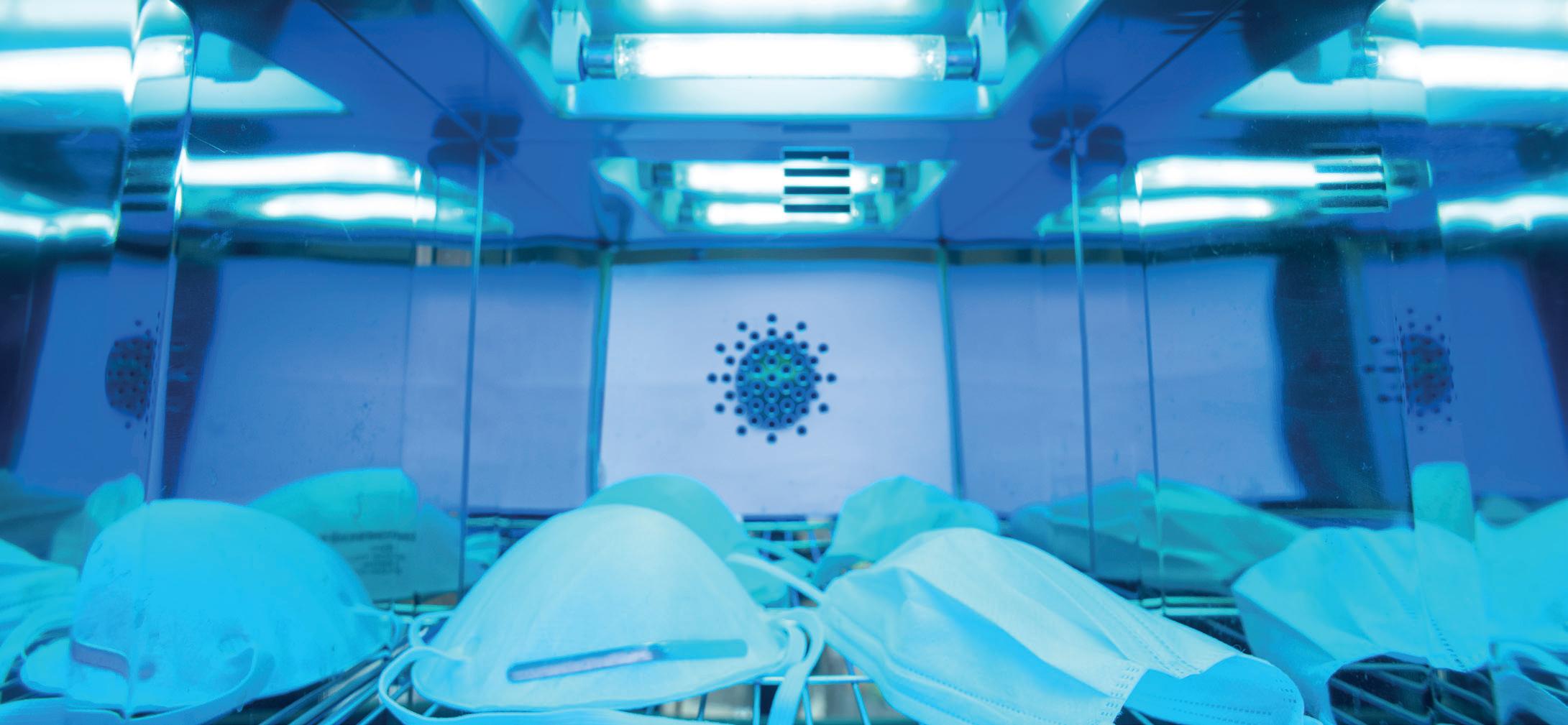
2 minute read
EDITORIAL
SECRETARY Brendan Keely FSLL bkeely@cibse.org
SLL COORDINATOR Juliet Rennie Tel: 020 8772 3685 jrennie@cibse.org
Advertisement
EDITOR Jill Entwistle jillentwistle@yahoo.com
COMMUNICATIONS COMMITTEE: Linda Salamoun MSLL (chair) Iain Carlile FSLL Jill Entwistle Chris Fordham MSLL Rebecca Hodge Eliot Horsman MSLL Stewart Langdown FSLL Rory Marples MSLL Bruce Weil Gethyn Williams
All contributions are the responsibility of the author, and do not necessarily reflect the views of the society. All contributions are personal, except where attributed to an organisation represented by the author.
COPY DATE FOR LL6 2020 IS 14 AUGUST
PUBLISHED BY The Society of Light and Lighting 222 Balham High Road London SW12 9BS www.sll.org.uk ISSN 2632-2838
© 2020 THE SOCIETY OF LIGHT AND LIGHTING
The Society of Light and Lighting is part of the Chartered Institution of Building Services Engineers, 222 Balham High Road, London SW12 9BS. Charity registration no 278104
PRODUCED BY Unit C, Northfield Point, Cunliffe Drive, Kettering, Northants NN16 9QJ Printed in UK Tel: 01536 527297 E: gary@matrixprint.com
FROM THE EDITOR
Certain lighting metrics may have been arrived at arbitrarily, or at least remain difficult to get to the bottom of decades later, and their basis may be long overtaken by technology and practice, but still they persist.
A natural conservatism combined with slow-moving bureaucracies inevitably militate against change. But because something is customary it does not mean that it is correct.
There has been endless discussion for years about the wisdom of allowing the horizontal plane to be the central plank, as it were, of lighting metrics in the workplace. That the horizontal plane is not the be all and end all has been acknowledged and there have been modifications to guidance. The importance of the vertical surface has been recognised and emphasised.
But somehow we can't shake off the tyranny of the desk top. Despite the fact that the working plane is now the computer screen, self-illuminated and vertical, and despite the millions of square metres of carpet that are needlessly and wastefully lit, to cite just two arguments against it.
How do you turn the juggernaut of traditional thinking around? In their Ambient Lighting Manifesto (p5), four lighting heavyweights, Peter Boyce, Kit Cuttle, Kevin Kelly and Peter Raynham, are calling for a paradigm shift in lighting practice. This is generally a time for change and reassessment of our thinking. Perhaps lighting metrics will become part of that reevaluation.
JILL ENTWISTLE
JILLENTWISTLE @YAHOO.COM
CURRENT SLL LIGHTING GUIDES SLL Lighting Guide 0: Introduction to Light and Lighting (2017) SLL Lighting Guide 1: The Industrial Environment (2018) SLL Lighting Guide 2: Lighting for Healthcare Premises (2019) SLL Lighting Guide 4: Sports (2006) SLL Lighting Guide 5: Lighting for Education (2011) SLL Lighting Guide 6: The Exterior Environment (2016) SLL Lighting Guide 7: Office Lighting (2015) SLL Lighting Guide 8: Lighting for Museums and Galleries (2015) SLL Lighting Guide 9: Lighting for Communal Residential Buildings (2013) SLL Lighting Guide 10: Daylighting – a guide for designers (2014) SLL Lighting Guide 11: Surface Reflectance and Colour (2001) SLL Lighting Guide 12: Emergency Lighting Design Guide (2015) SLL Lighting Guide 13: Places of Worship (2018) SLL Lighting Guide 14: Control of Electric Lighting (2016) SLL Lighting Guide 15: Transport Buildings (2017) SLL Lighting Guide 16: Lighting for Stairs (2017) SLL Lighting Guide 17: Lighting for Retail Premises (2018) SLL Lighting Guide 18: Lighting for Licensed Premises (2018) SLL Lighting Guide 19: Lighting for Extreme Conditions (2019) Guide to Limiting Obtrusive Light (2012)
Code for Lighting (2012) Commissioning Code L (2018) SLL Lighting Handbook (2018)






